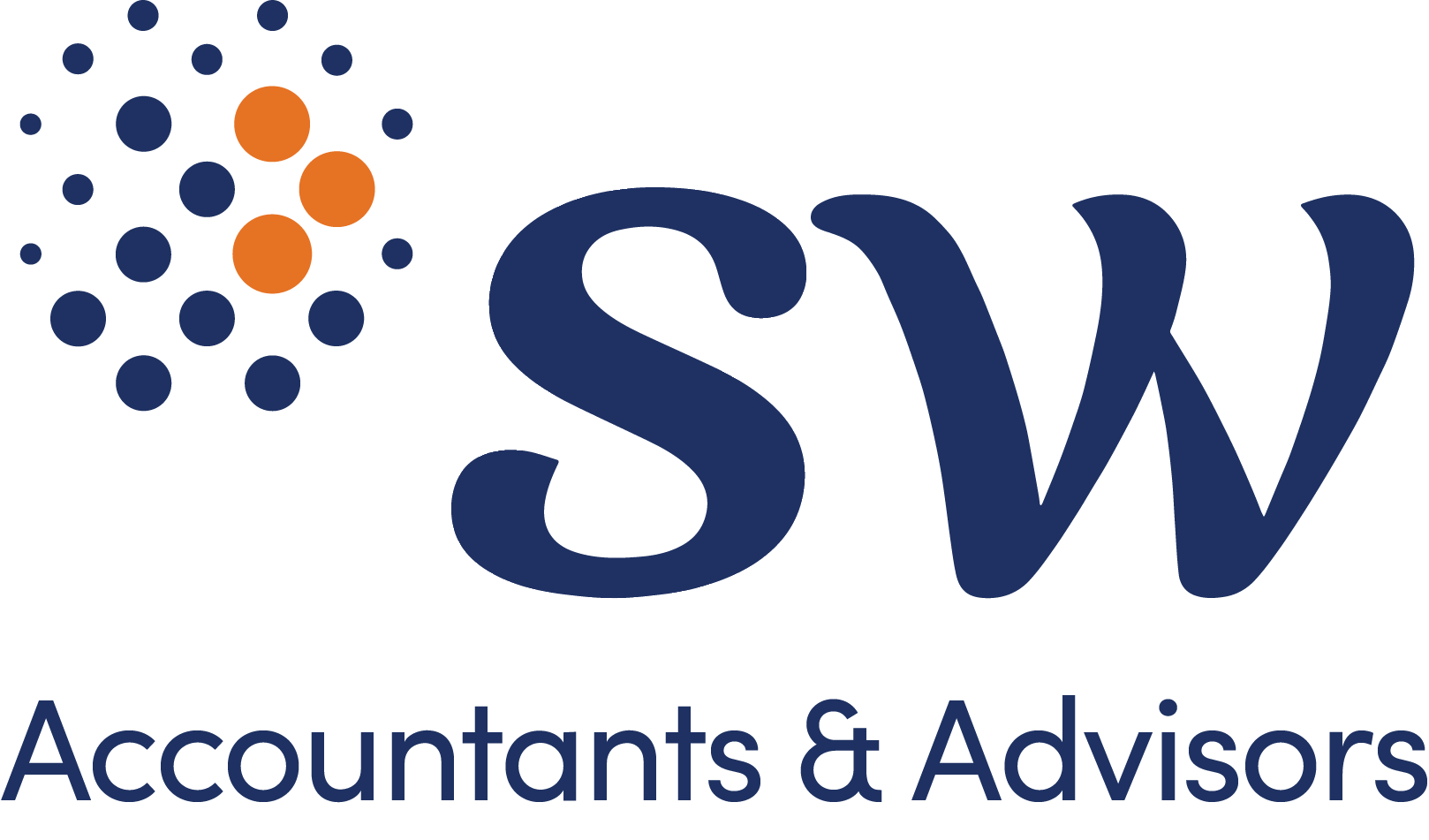
Work from home – ATO revised deduction methods
22/02/2023
On 16 February 2023, the Australian Taxation Office (ATO) released a new guide, Practical Compliance Guide 2023/1 (PCG 2023/1), which revises the methods by which taxpayers can calculate deductions for costs incurred when working from home (WFH).
One of the significant changes introduced by the ATO is the discontinuation of the 80 cents per hour pandemic shortcut method, which was available since 1 March 2020. Commencing 1 July 2022, taxpayers can claim a deduction for their actual expenses or opt to use the revised fixed-rate method of 67 cents per hour for each hour worked from home during the tax year. The revised fixed-rate method covers expenses such as electricity, gas, phone usage, internet, stationery, and computer consumables. ATO has also required more record-keeping documents to prove your WFH hours.
What you need to know
The ATO has advised taxpayers to keep accurate records of their hours worked from home during the income year and invoices or bills in the name of the homeowner or service recipient as evidence of additional running expenses incurred. It is imperative to note that to claim WFH deductions, taxpayers must work from home to fulfil their employment duties, and not just carry out minimal tasks such as checking emails or taking calls.
It is worth noting that assets and equipment such as a computer or similar electronic device, desk, and office chair that often provide taxpayers with more substantial deductions are not included when using the revised fixed-rate method and need to be claimed separately.
PCG 2023/1 relaxes the ATO’s approach towards home offices, and taxpayers are no longer required to have a separate home office or a dedicated work area set aside in their homes to claim WFH deductions. However, if multiple individuals are working from home simultaneously and claim the actual cost method, they must apply an appropriate apportionment methodology to isolate individual components of the expenses incurred.
WFH calculations and proof
The ATO has announced that from 1 March 2023, they will take a stricter approach to record-keeping, requiring taxpayers to provide records as they occur, such as timesheets, rosters, logs of time spent accessing employer systems, or a diary of the full year to substantiate their WFH hours. The ATO will no longer accept estimates or four-week diaries from that date.
These revised deduction methods will significantly impact individuals working from home who claim tax deductions for expenses incurred during that time. Accurate record-keeping of WFH hours and related expenses is crucial to ensure that deductions are appropriately claimed. In case of any queries, taxpayers are advised to contact their tax professionals or the ATO directly.
Click here to find out the details of different calculation methods and what are the common mistakes when making WFH claims in our previous article.
How SW can help
- Provide further information and discuss which method suits your circumstances best
- advice around how to ensure the maximum tax benefit is obtained with minimal administration workload
- review expenses incurred and advise which expenses are eligible and can be claimed
- provide assistance with determining the useful life of assets and assist with calculating decline in value of work related items
- assist in calculating work related claims using the two methods and provision of workpapers to support the claim in the event of an audit
- help ensure that you have the necessary evidence and records to support your claims
- minimise any compliance risks.
If you have any queries about the revised deduction methods for work from home expenses or PCG 2023/1, please contact your SW representative or check out the key contacts provided.


